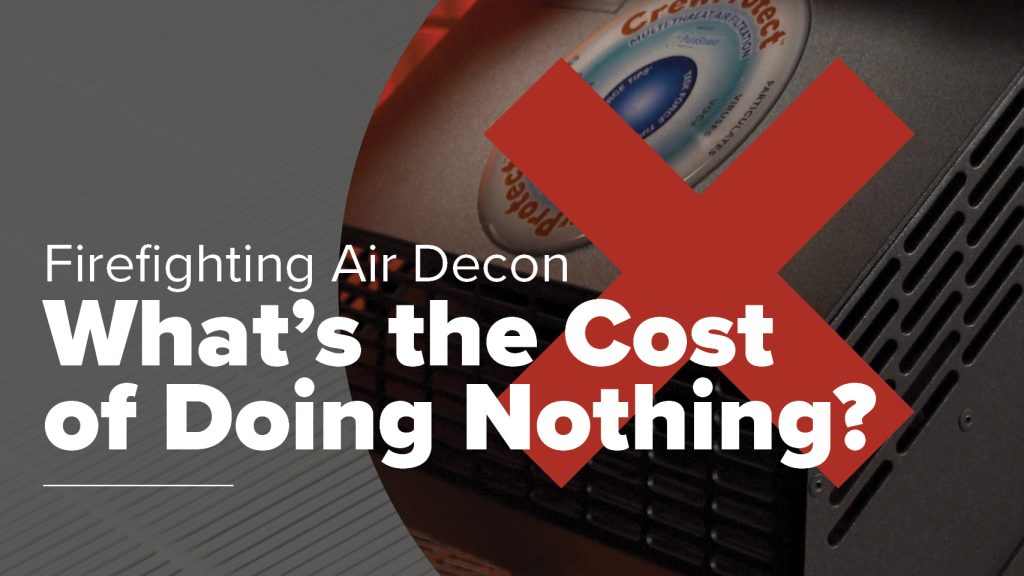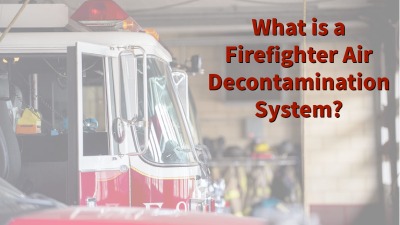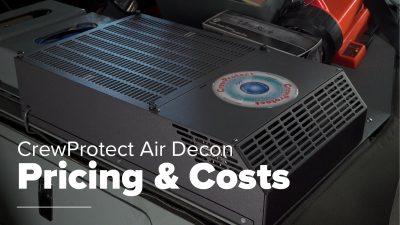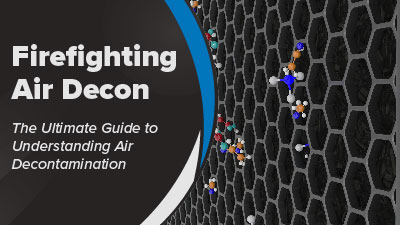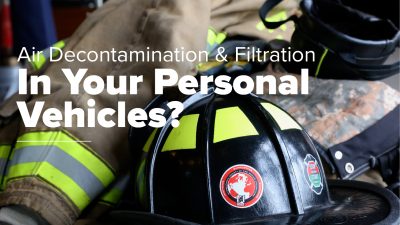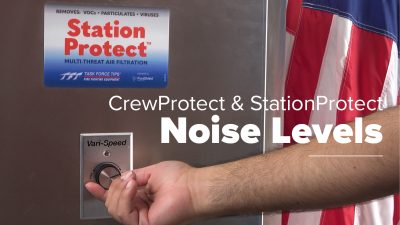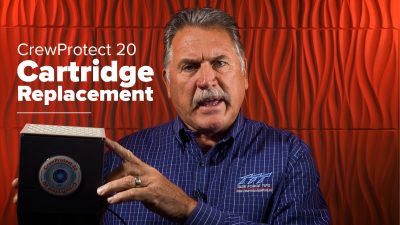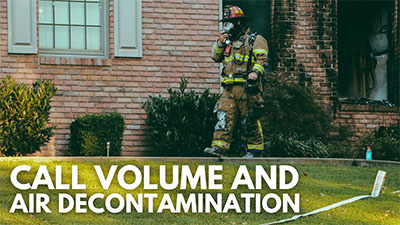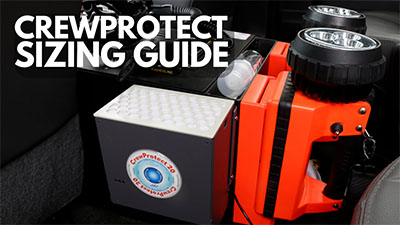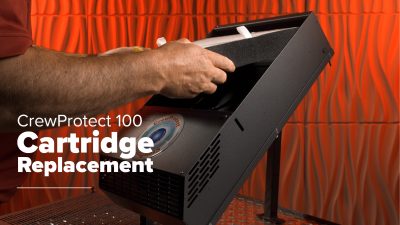Back
Will CrewProtect Work In Your Type 3 Wildland Engine?
Posted on 25th June 2024
Forest fires are long and dangerous ordeals that are made worse by the contaminants that can affect your crew. Your crew is exposed to volatile organic compounds (VOCs), particulates, soot, smoke, and a variety of other contaminants during and after the fire.
A CrewProtect can help mitigate these concerns for your crew. You may be wondering which one you need, if you have the room, and if installing one will interrupt your workflow. Let’s examine each of these questions.
Which CrewProtect Do You Need?
All CrewProtect units:
- Mount inside your apparatus
- Connect to your truck’s power
- Run automatically when your vehicle is powered on
The CrewProtect model number correlates with the cubic feet per minute (CFM) that the unit decontaminates. This means the CrewProtect 20 is a 20 CFM unit, or that it decontaminates 20 cubic feet every minute. These are ideal for a Chief’s vehicle or tiller cabs. The CrewProtect 50 is a 50 CFM unit and is great for wildland trucks. The CrewProtect 100 is a 100 CFM unit, commonly installed in larger firefighter apparatus.
You can determine the cubic footage of your vehicle using this equation:
- Cab length X Cab Width X Cab Height = Cab Cubic Footage
Installing Your CrewProtect:
Installation of your CrewProtect is easy:
- Find where you want to put it
- Drill holes for your mounting bracket
- Install the CrewProtect 20 or 50 unit with supplied screws
- Take the wires on the side of the unit and wire them to the truck’s breaker box

